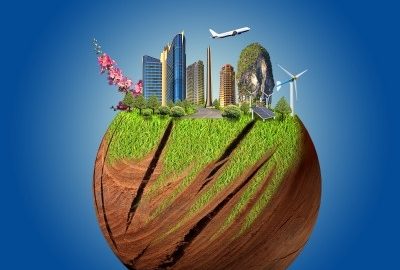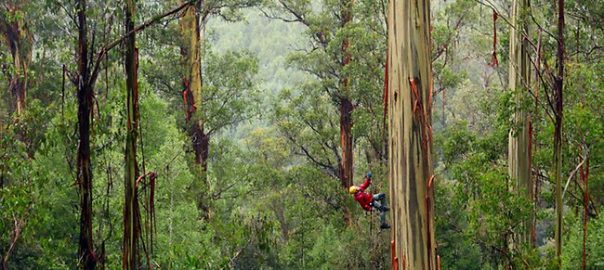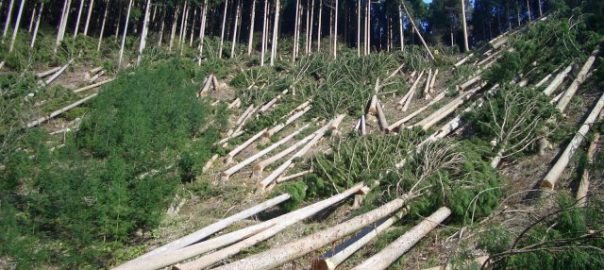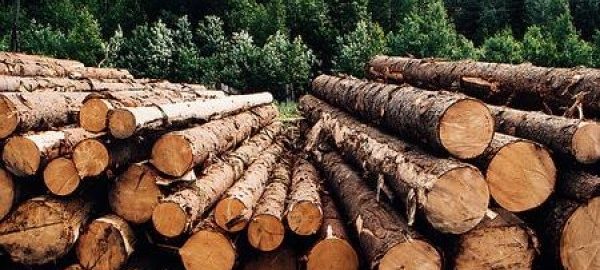Global Green Building Trends is a 50-page printed report (available as hard copy or PDF) that examines the results of research conducted by McGraw-Hill Construction Analytics regarding the global green building industry. The first ever global scale green building study, this report details the market trends and activities driving green building growth worldwide. The new research presented in the report indicates that green building has become a global phenomenon, with 53% of respondents expecting to be dedicated to green on over 60% of their projects in the next five years. Green has become very visible in construction markets in every global region, with 32% of construction industry professionals estimating that green already makes up over 10% of domestic construction output. The report also identifies trends in renewable energy, green product use, sector growth and key motivators and obstacles impacting market activity in seven global regions. McGraw-Hill Construction’s research explores how these trends are shaping the increasingly interconnected global construction marketplace. Contents Introduction Page 2 – Global Green Building Market Summary Global Green Building Market Opportunity
◦Market Activity Today
◦Market Growth
◦Graph – Global Level of Firm Involvement Over Time
◦Graph – Percentage of Firms Dedicated to Green Building on at least 16% of Projects, by Region-2008 and Expected 2013
◦Profitability of Green Building
◦Graph – Sales Growth and Profit Levels Associated with Green- Global
◦Market Triggers and Obstacles
◦Renewable Energy and Green Building Products
◦Graph – Top Forms of Renewable Energy Used-2008 and 2013
Global Construction and the Market Opportunity for Green
◦The Global Economy and Construction Output
◦New Opportunities in Emerging Markets
◦The Globalization of Construction Activity
◦Graph – Global Construction Output (2007)
◦Green Represents an Increasing Share of the Global Marketplace
◦Green Market Activity is Growing Exponentially
◦Graph – Perceived Green Share of Construction in Home Country
◦Graph – Global Level of Firm Involvement Over Time
Page 6 – The Green Transformation
◦The Rise of Green
◦Green Consumers in Emerging Markets
◦Sustainability in the Built Environment
◦Graph – Building Sector Share of Total Energy Use Around the World
◦Graph – Share of the Built Environment
Page 8 – Regional Green Market Activity
◦Green Building Regional Market Growth
◦Regional Markets
◦Graph – Breakdown of Respondents by Region
◦Europe
◦Graph – Level of Green Building Over Time
◦Graph – Top Sectors for Growth by 2013
◦Graph – Perceived Green Share of Domestic Construction
◦North America
◦Graph – Level of Green Building Over Time
◦Graph – Top Sectors for Growth by 2013
◦Graph – Perceived Green Share of Domestic Construction
◦South America
◦Graph – Level of Green Building Over Time
◦Graph – Top Sectors for Growth by 2013
◦Graph – Perceived Green Share of Domestic Construction
◦Australia/ New Zealand
◦Graph – Level of Green Building Over Time
◦Graph – Top Sectors for Growth by 2013
◦Graph – Perceived Green Share of Domestic Construction
◦Asia
◦Graph – Level of Green Building Over Time
◦Graph – Top Sectors for Growth by 2013
◦Graph – Perceived Green Share of Domestic Construction
◦Middle East/ North Africa
◦Graph – Level of Green Building Over Time
◦Graph – Top Sectors for Growth by 2013
◦Graph – Perceived Green Share of Domestic Construction
◦Sub-Saharan Africa
◦Graph – Level of Green Building Over Time
◦Graph – Top Sectors for Growth by 2013
◦Graph – Perceived Green Share of Domestic Construction
Page 16 – Market Intelligence on Global Green Building
◦Comparing Market Activity Across Regions (Highest and Lowest)
◦Graph – Percentage of Firms Dedicated to Green Building on at least 16% of Projects, by Region-2008 and Expected 2013
◦Graph – Global Level of Firm Involvement Over Time
◦Global Construction Sector Activity and Growth
◦Graph – Top Five Sectors of Green Building in 2008 and 2013
◦Sector Activity by Region
◦Top Construction Sectors for Growth by Region
◦Profitability of Green Building
◦Graph – Sales Growth and Profit Levels Associated with Green-Global
◦Types of Planned Green Projects
◦Graph – Planned Green Building Project Types-Global
◦Graph – Planned Existing Building/ Retrofit Projects-by Region
◦Stakeholder Demand
◦Graph – Importance of Green Building to Stakeholders-Global
◦Motivation for Green Building
◦Business Reasons for Green Building-Global
◦Business Reasons
◦Graph – Top Business Reasons for Green Building in Asia
◦Graph – Top Business Reasons for Green Building in Europe
◦Social reasons
◦Graph – Top Global Social Reasons for Green Building
◦Graph – Top Social Reasons for Green Building in Sub-Saharan Africa
◦Environmental Reasons
◦Graph – Top Environmental Reasons for Green Building-Global
◦Graph – Top Environmental Reasons for Green Building-South America
◦Overall Obstacles to Market Growth
◦Graph – Key Obstacles to Global Green Building
◦Regional Obstacles
Page 24 – Green Building Practices and Renewable Energy
◦Most Emphasized Green Practices
◦Graph – Top Green Building Practices in Home Country
◦Renewable Energy
◦Graph – Top Forms of Alternate Energy Used-2008 and 2013
◦Cast Study – Water Efficiency in the Desert: Conserving a Non-Renewable Resource in the Middle East
Page 26 – Green Building Product Use and Identification
◦Green Product Installation and Specification
◦Graph – Installation and Specification of Green Products
◦Regional Product Trends
◦Identifying Green Products
◦Third Party Certification
◦Graph – Criteria Used to Identify Green Products
Page 28 – International Partnerships and Access to Resources
◦International Partnerships in Green Building
◦Graph – Location of Green Building Projects Overseas
◦Green Building and Workforce
◦Graph – Effect of Green Building on Workforce Availability
◦Access to Green Building Information
◦Graph – Most Used Resources for Green Building Information
Page 30 – Global Perspectives-Thought Leadership Interviews
◦Becoming Green in Asia
◦Australia’s Green Building Movement
◦Corporate Green Building in South Africa
Page 36 – Global Perspectives-Exemplary Green Buildings
◦Groundbreaking LEED Projects in North and South America
◦Project Overview – HSBC Headquarters Building
◦Project Overview – Toronto Region Conservation Authority (TRCA)’s Restoration Services
◦Groundbreaking Buildings Across Europe
◦Project Overview – Umweltbundesamt (Federal Environment Agency Building)
◦Project Overview – Jubilee Library
◦Project Overview – Sustainable House
◦The Middle East Region: Green Design Trends of the Future
◦Project Overview – The 2030 Plan and the Masdar City Initiative
◦Project Overview – The Central Bank of Kuwait
Page 42 – Evolution of Green Building
◦The Founding Actions of the Green Building Movement
◦The 1970s: Green Activities in the U.S.
◦Chart – Global Green Building Milestones
◦The 1980s: Achievements in Europe
◦The 1990s: Consortium and Network Building
◦2000 and Beyond: Global Consensus Building
◦The Development of Green Building Rating Systems
Page 46 – Resources and References





